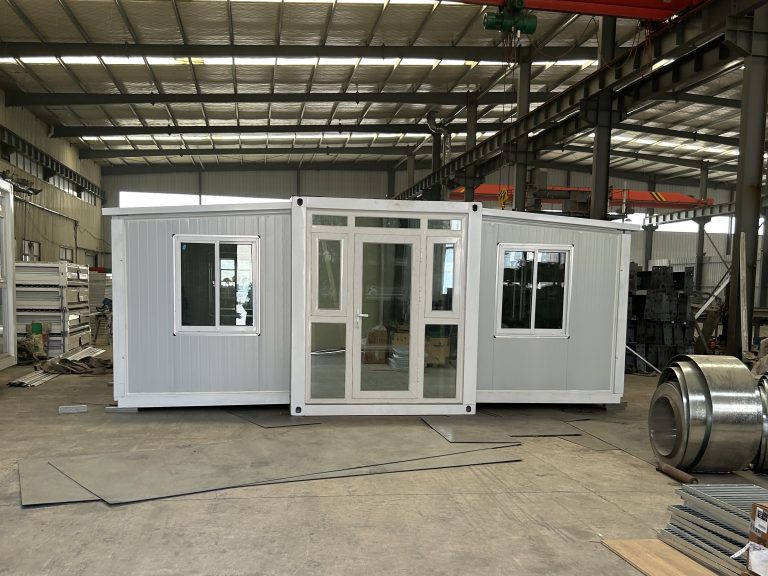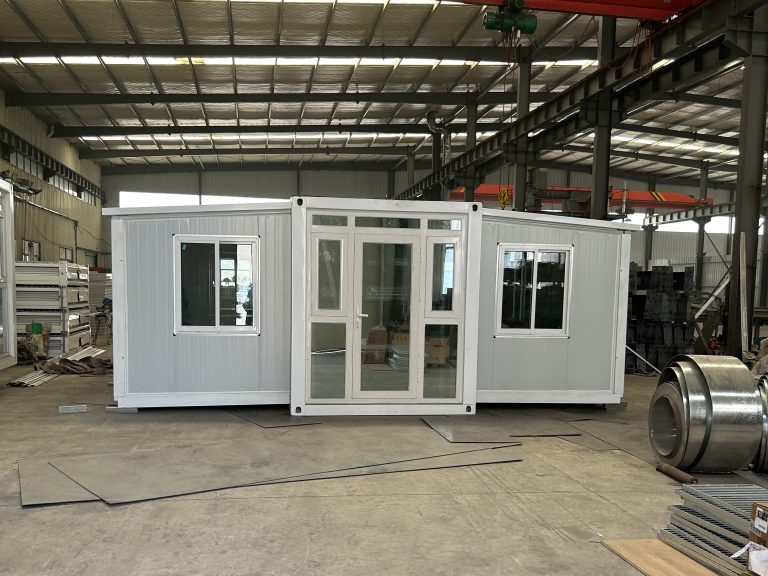Table of Contents
Policy Support Measures for Steel Structure Industry
The steel structure industry plays a crucial role in the construction sector, providing durable and cost-effective solutions for various infrastructure projects. In recent years, there has been a growing emphasis on promoting the development of the steel structure industry through policy support measures. These measures aim to enhance the competitiveness of the industry, promote technological innovation, and ensure sustainable growth.
One of the key policy support measures for the steel structure industry is the implementation of favorable tax policies. Governments around the world have introduced tax incentives and subsidies to encourage investment in the industry. These measures help reduce the financial burden on steel structure companies, making it easier for them to expand their operations and invest in new technologies. By lowering the cost of production, tax incentives can also make steel structures more affordable for construction projects, driving demand for these products.
In addition to tax incentives, governments have also implemented regulations and standards to promote the use of steel structures in construction. For example, many countries have adopted building codes that require the use of steel structures in certain types of buildings, such as high-rise structures or industrial facilities. By mandating the use of steel structures, governments can create a more favorable market environment for steel structure companies, increasing demand for their products and services.
Another important policy support measure for the steel structure industry is the provision of financial support and subsidies. Governments may offer grants, loans, or other forms of financial assistance to help steel structure companies overcome financial barriers and invest in research and development. By providing financial support, governments can help companies develop new technologies, improve product quality, and enhance their competitiveness in the global market.
Furthermore, governments may also support the steel structure industry through public procurement policies. By prioritizing the use of steel structures in public infrastructure projects, governments can create a stable market for steel structure companies and stimulate demand for their products. Public procurement policies can also help drive innovation in the industry, as companies compete to provide the most advanced and cost-effective solutions for government projects.
Overall, policy support measures play a crucial role in shaping the market prospect of the steel structure industry. By implementing tax incentives, regulations, financial support, and public procurement policies, governments can create a favorable environment for the industry to thrive. These measures not only help steel structure companies grow and innovate but also contribute to the development of sustainable and resilient infrastructure around the world.
In conclusion, policy support measures are essential for the growth and competitiveness of the steel structure industry. By implementing favorable tax policies, regulations, financial support, and public procurement policies, governments can create a conducive environment for the industry to flourish. As the demand for durable and cost-effective construction solutions continues to rise, policy support will be crucial in ensuring the long-term success of the steel structure industry.
Market Prospect Analysis of Steel Structure Industry
The steel structure industry plays a crucial role in the construction sector, providing durable and cost-effective solutions for various building projects. With the increasing focus on sustainable and efficient construction practices, the demand for steel structures is expected to grow significantly in the coming years. This article will analyze the market prospect of the steel structure industry, focusing on the policy support and market trends that are driving its growth.
One of the key factors contributing to the growth of the steel structure industry is the strong policy support from governments around the world. Many countries have implemented policies and regulations that promote the use of steel structures in construction projects. For example, in China, the government has introduced incentives for the use of prefabricated steel structures to improve construction efficiency and reduce environmental impact. Similarly, in the United States, the government has implemented Buy American provisions that prioritize the use of domestically produced steel in federal construction projects.
These policy initiatives have created a favorable environment for the steel structure industry, driving demand for steel products and services. As a result, steel structure manufacturers and suppliers are experiencing increased business opportunities and growth prospects. In addition to policy support, market trends are also shaping the future of the steel structure industry.

One of the key market trends driving the growth of the steel structure industry is the increasing adoption of sustainable construction practices. Steel structures are known for their durability, recyclability, and energy efficiency, making them an attractive choice for environmentally conscious builders and developers. As the demand for green buildings continues to rise, the steel structure industry is well-positioned to capitalize on this trend.
Another market trend that is shaping the future of the steel structure industry is the growing popularity of modular construction techniques. Modular construction involves the prefabrication of building components in a factory setting, which are then assembled on-site. This approach offers numerous benefits, including faster construction times, reduced waste, and improved quality control. Steel structures are well-suited for modular construction, making them an ideal choice for projects that require speed and efficiency.
In addition to policy support and market trends, technological advancements are also driving innovation in the steel structure industry. The use of advanced design software, robotics, and automation has revolutionized the way steel structures are fabricated and assembled. These technological advancements have improved efficiency, accuracy, and safety in the construction process, leading to higher quality structures and faster project delivery.
Overall, the steel structure industry is poised for significant growth in the coming years, driven by policy support, market trends, and technological advancements. As the demand for sustainable and efficient construction practices continues to rise, steel structures will play a vital role in meeting the needs of the construction sector. With a strong foundation of policy support and market prospects, the steel structure industry is well-positioned for success in the future.






